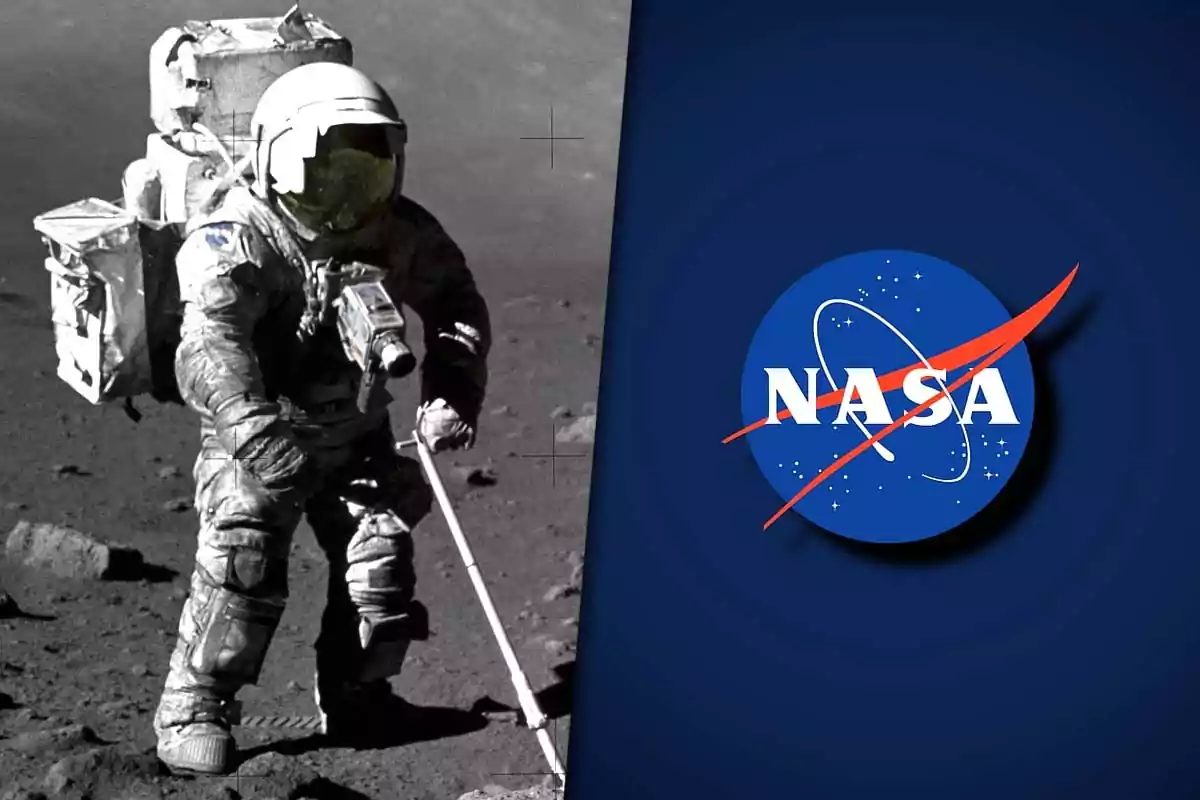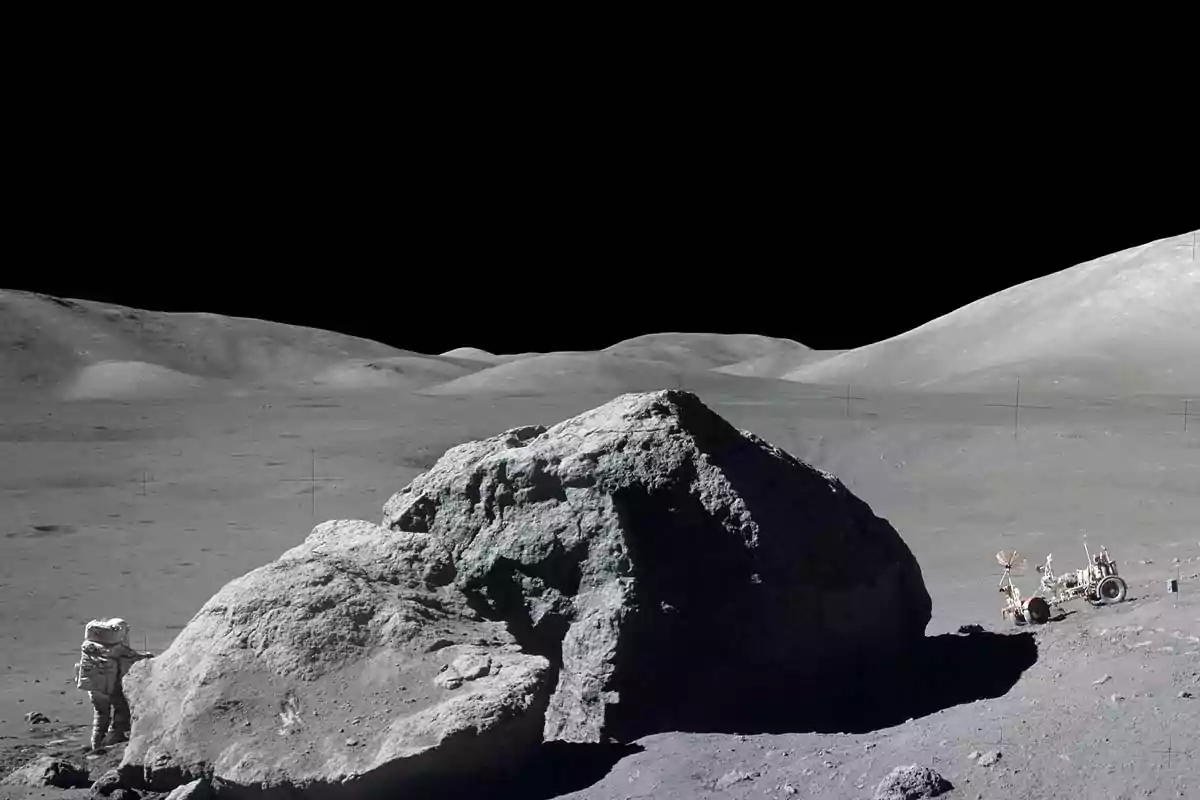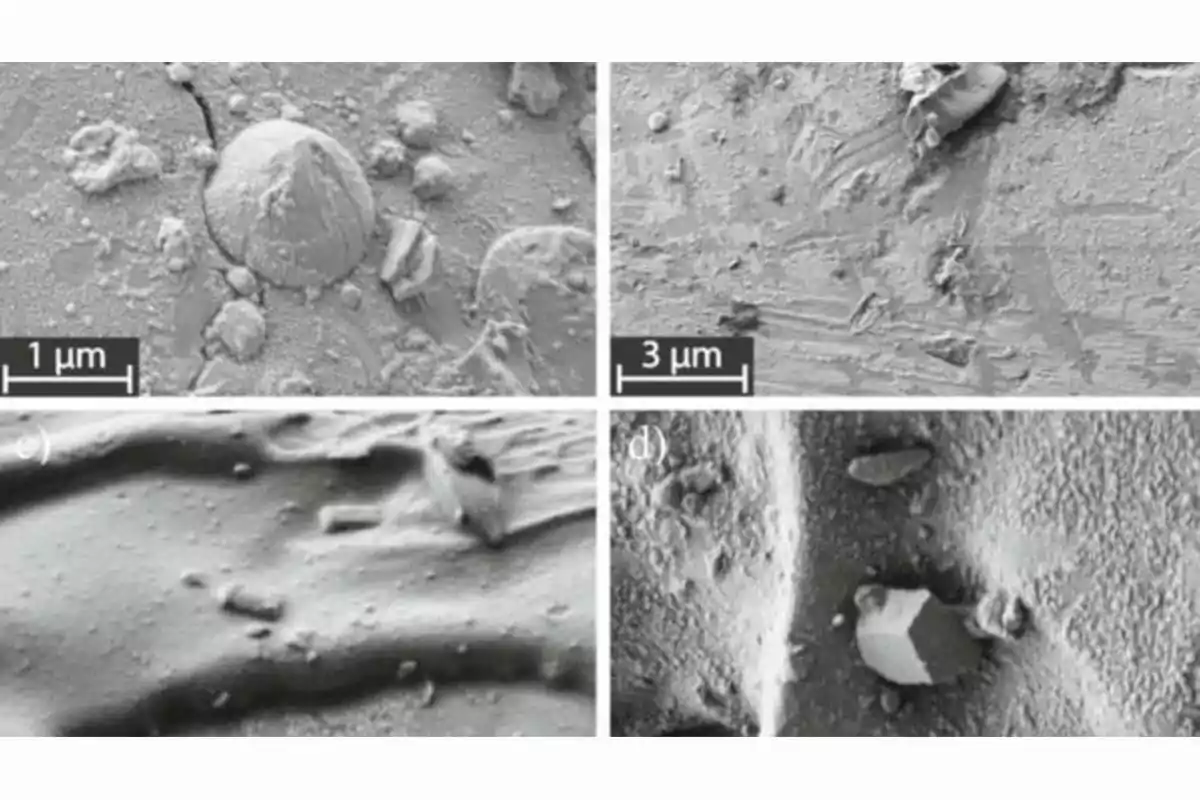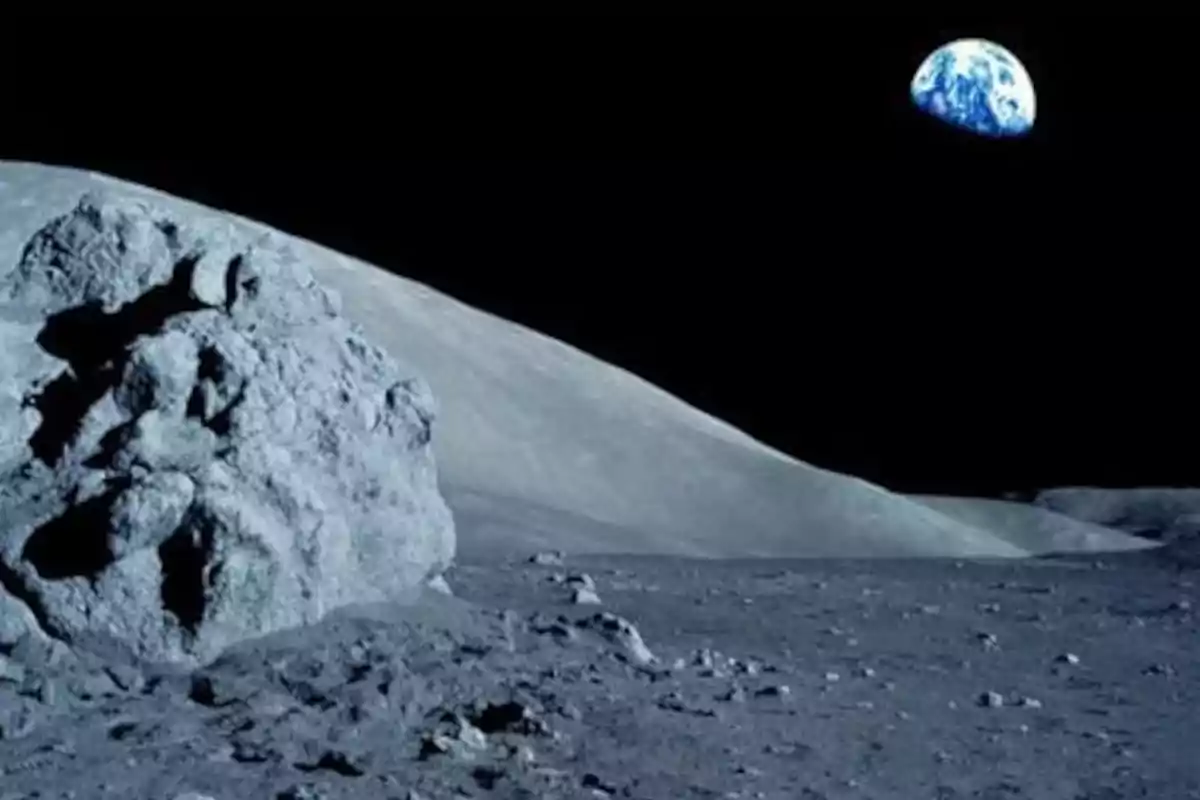
NASA collected pearls on the Moon 50 years ago: today their origin is known
Scientists have revealed the volcanic origin of the glass beads that NASA collected on the Moon in 1972
Half a century after being collected by NASA, the enigmatic lunar glass spheres from Apollo 17 have revealed their secret. A team of scientists managed to decipher how they were formed and what history they conceal about the volcanic past of the natural satellite.
These are unique samples less than one millimeter in diameter, formed from molten material. It is now known that they are intact witnesses of eruptions that occurred more than 3 billion years ago.

The lunar pearls
The glass pearls analyzed were brought back in 1972 by the astronauts of Apollo 17. Although decades passed without a definitive conclusion, a recent study published in the journal Icarus yielded new results thanks to the use of non-destructive technologies.
According to the report led by researchers from Brown University, these small spheres were formed in violent eruptions 3.3 billion years ago. Since there was no atmosphere to slow down the process, the volcanic material cooled and crystallized immediately.
What these spheres reveal about lunar history
The pearls preserve the chemical composition of the Moon's interior at the moment of their formation intact. For scientists, they are true time capsules that allow them to reconstruct what geological activity was like during a key stage of the satellite.

"They are some of the most amazing extraterrestrial samples we have," said Ryan Ogliore, physicist at Washington University in St. Louis, who also participated in the study.
How they were formed and why they are so valuable
These pearls, with an orange or black hue, originated from magma that was forcefully expelled from beneath the lunar surface. The vacuum of space favored their rapid solidification, resulting in perfectly preserved spherical structures.

Each one has a distinct chemical signature. This makes it possible to identify the type of rock and gases that existed in the lunar interior billions of years ago. That information, impossible to obtain by other means, is now within reach thanks to this discovery.
More posts: